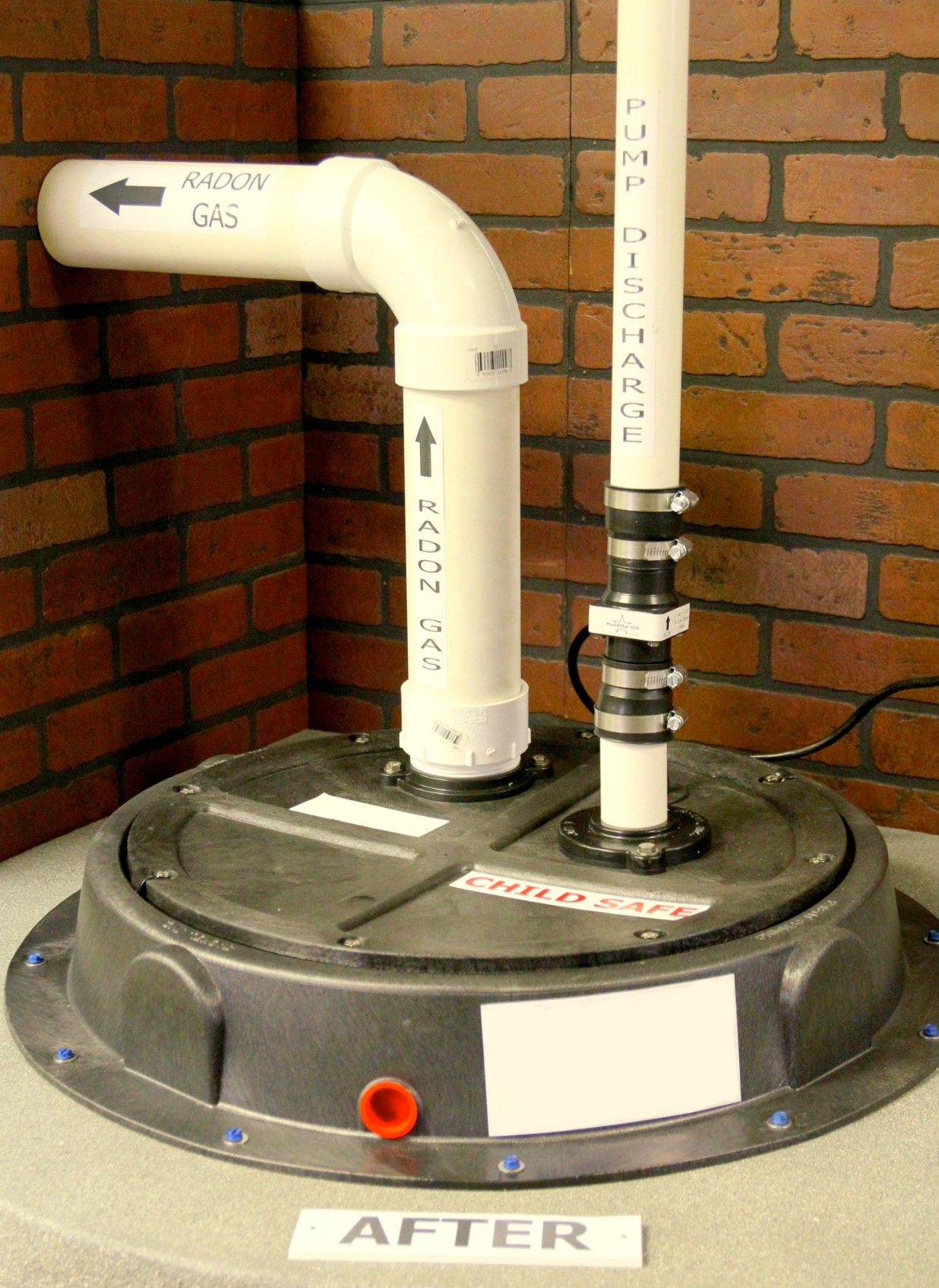Mitigating Radon Gas
Mitigating radon gas
Any home that tests above the recommended guideline
needs proper mitigation to reduce your family’s risk. Hire a certified radon professional to determine the best and most cost effective way to reduce the radon level in your home. With proper mitigation, a homeowner can reduce their radon level by over 90%. Increasing ventilation and sealing major entry routes will also help reduce radon levels but their effectiveness will be limited depending on how high the radon level is and the unique characteristics of each home.
Reduce exposure to radon
Don’t Ignore It! Radon Is A Serious Health Issue! Radon is a radioactive gas that you cannot see, smell or taste and can get into your home undetected. It is the second leading cause of lung cancer after smoking and the leading cause of lung cancer for non-smokers. When radon escapes from the ground into the outdoor air it is diluted to low concentrations and is no cause for concern. However, when radon enters an enclosed space, like a home, it can accumulate to high levels and become a health hazard. If the radon level in a home is high it can be easily fixed at a reasonable price.
Lower the Radon level in your home
If your radon level is high, reduce it! You should fix your home if your radon level is higher than the Canadian Guideline of 200 Becquerels per metre cubed (Bq/m³). Reducing the amount of radon in your home is easy. Techniques to lower radon levels are effective and can save lives. Radon levels in most homes can be reduced by more than 80% for about the same cost as other common home repairs such as replacing the furnace or air conditioner.


